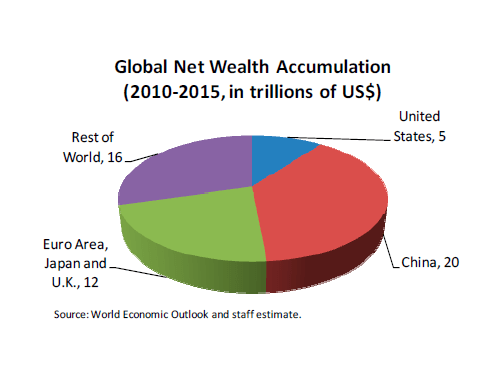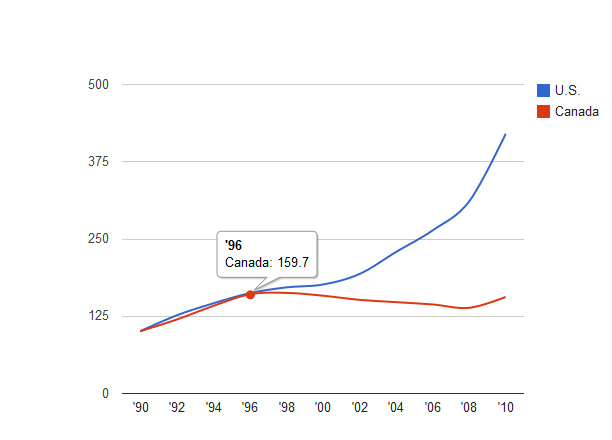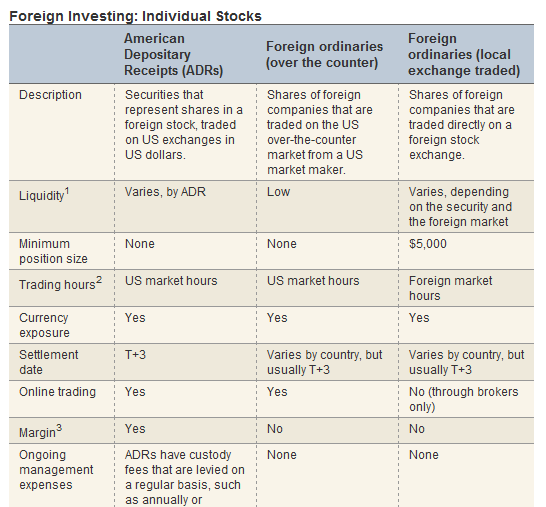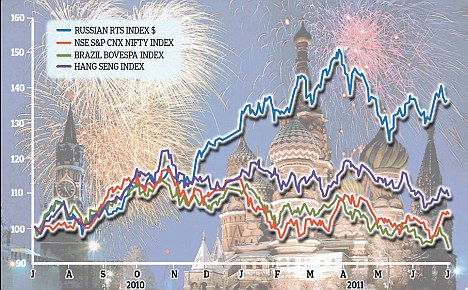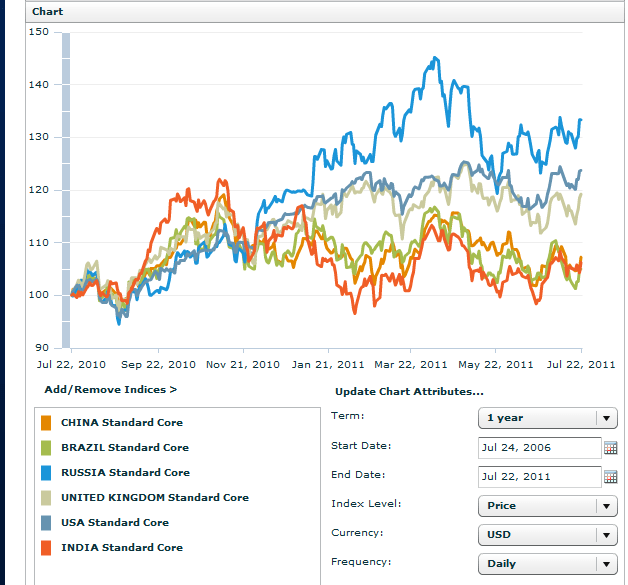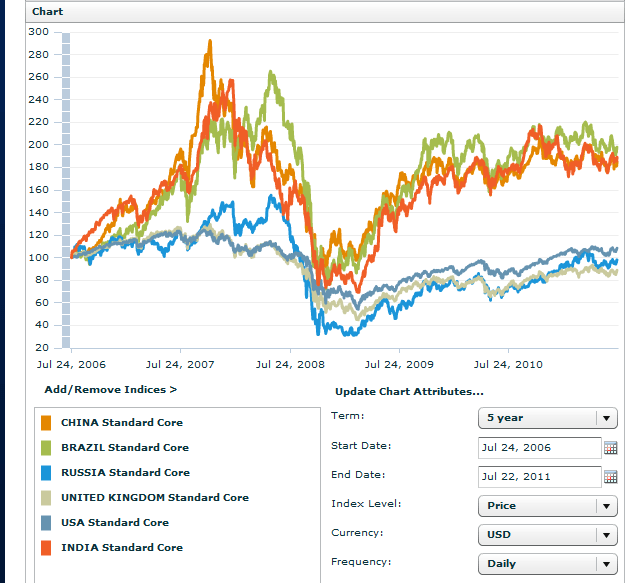The fall of European equities in the past few weeks due to the sovereign debt crisis has made some of the equities cheap. Many German companies especially are worth a look at current levels. The export-driven German economy is weathering the crisis well and is poised to expand further once the dust settles.
According to the BNY Mellon DR site, only six German ADRs trade on the organized exchanges. 27 other German firms trade as sponsored ADRs on the OTC markets. In addition, 42 more firms trade as unsponsored ADRs on the OTC exchanges.
Trading in unsponsored ADRs can get tricky since daily trading volumes may be very thin and some stocks may not trade at all for days. Hence investing in such stocks may not for some investors.
The following are 10 unsponsored ADRs from Germany that investors can review for potential investment opportunities:
1.Company: Bayerische Motoren Werke (BAMXY)
Sector:Automobiles & Parts
Current Share Price: $35.18
maker of BMW, Mini and Rolls-Royce brands of cars and also motobikes
2.Company: Wacker Chemie (WKCMY)
Sector: Speciality Chemicals
Current Share Price: $20.10
3.Company: ThyssenKrupp (TYEKY)
Sector:General Industrials
Current Share Price: $11.49
4.Company: Munich Re Group (MURGY)
Sector:Insurance and reinsurance services
Current Share Price: $15.25
5.Company: Metro (MTTRY)
Sector: Retail
Current Share Price: $11.20
6.Company: Man (MAGOY)
Sector: Industrial Transports
Current Share Price: $12.33
7.Company: Rheinmetall (RNMBY)
Sector:Automobiles & Parts
Current Share Price: $18.24
8.Company: Hamburger Hafen Und Logistik (HHULY)
Sector:Logistics
Current Share Price: $20.56
9.Company: Fraport AG (FPRUY)
Sector: Frankfurt Airport Operator
Current Share Price: $41.23
10.Company: Bilfinger Berger (BFLBY)
Sector:Construction & Materials
Current Share Price: $19.81
Note: Price noted are as of market close July 25, 2011
Disclosure: No Positions
